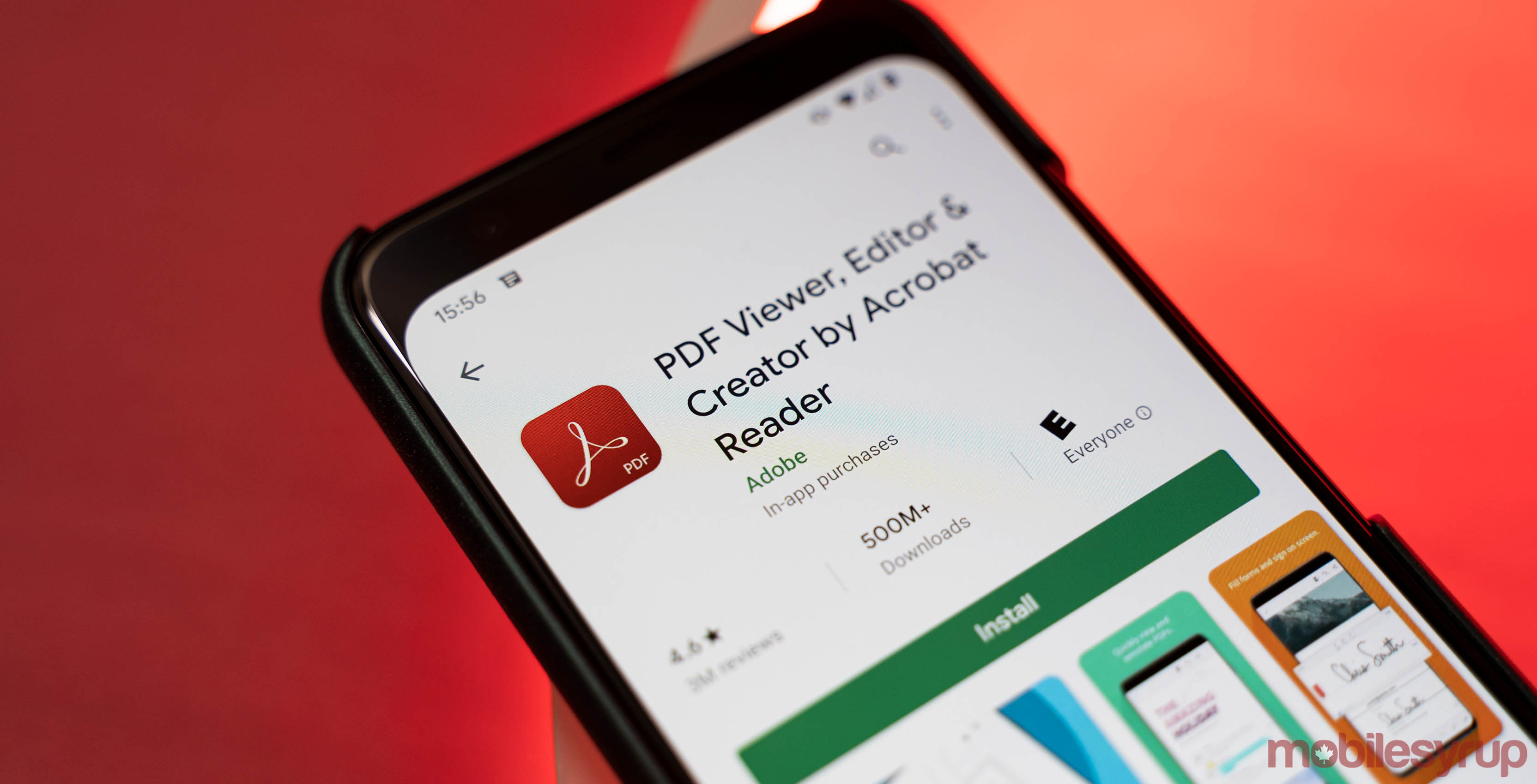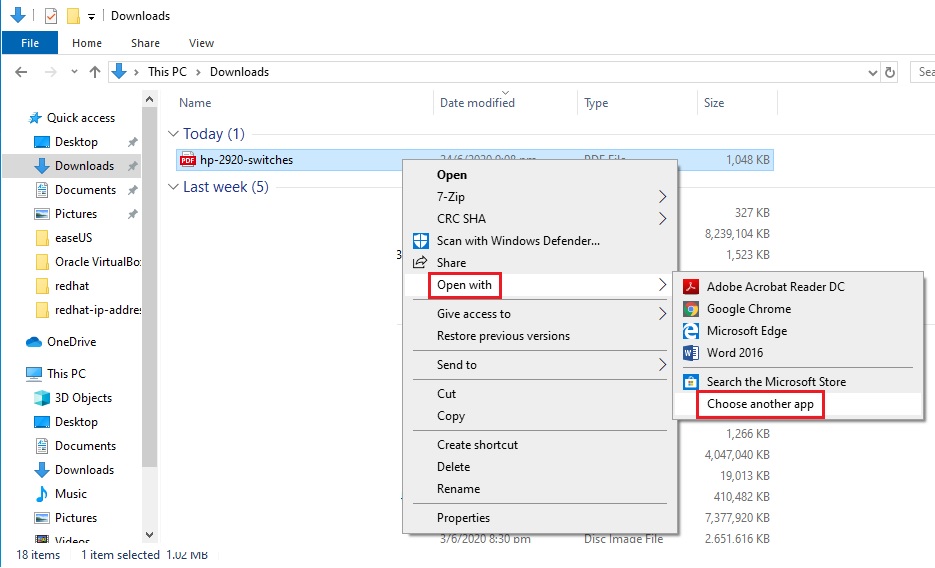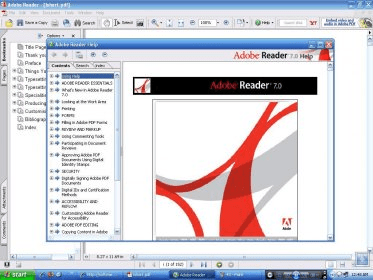

With other verification products, documents can sometimes pass the tests but still not be accessible and compliant. Unlike other PDF verification products, it provides users a certification report for each tested document. What sets CommonLook PDF Validator apart from any other tool is that it tests against Section 508, WCAG 2.0 AA, PDF/UA, and HHS standards.
#READ ALOUD WITH ACROBAT PDF READER PRO#
It is a free plugin for Adobe Acrobat Pro or DC (note that Validator is not a standalone software i.e., it works within Adobe Acrobat software’s environment). PDF Validator tests and verifies PDF documents. CommonLook PDF Validator is a unique and powerful tool that lets you do just that. To ensure that your PDF is accessible, you need a tool that tests your PDF document for various accessibility standards (such as Section 508, WCAG 2.0 AA, etc.). What is an accessible PDF?Ī PDF document is considered accessible if it can be used/accessed by everyone, including people with disabilities this includes access by people who are blind, visually or cognitively impaired, or color-blind.Īn accessible PDF works with assistive technology software and devices, like screen magnifiers, screen readers, speech-recognition software, text-to-speech software, alternative input devices, and refreshable Braille displays.Īlthough a PDF can be usable and accessible without complying with accessibility standards, it’s standards like WCAG 2.0, WCAG 2.1, HHS, and PDF/UA that ensure a document is as accessible and useable as possible. Tags provide a logical structure that identifies the hierarchy and navigation of heading styles, lists, tables, endnotes/footnotes, and more. This happens due to accessibility-related issues of the PDF in question.įor example, some PDFs may have images and graphics without alt-text this prevents a user with vision impairment from understanding the information the image is trying to convey.Ī truly accessible PDF contains alt-text for images and is properly tagged. A screen reader may read/access one PDF but may not be able to read another one. Yes, in theory, a screen reader can read PDFs.īut unfortunately, all PDFs are not created equal. Screen readers work with the computer’s operating system to provide information about what appears on the screen (such as menus, icons, files and folders). Screen readers are software programs allowing people with vision impairments to read the text on the computer screen with a speech synthesizer or braille display. Accessibility makes it possible for everyone to use digital documents. Most countries have regulations that provide guidelines to accommodate the needs of people with disabilities in public areas including buildings, parks, facilities, and transportation.Īccessibility guidelines extend to communications and IT, including digital documents like PDFs, except you must remove electronic barriers instead of physical barriers.įor a document to achieve digital accessibility, a person with disabilities must be able to open, read, and navigate it as easily as someone without any impairments. The ability to retain content, layout, and attributes regardless of the environment makes it the perfect solution for digital documents.īut unfortunately, PDFs are not always accessible for people with vision impairments.

PDFs can be emailed, downloaded, or printed. Why are PDFs so popular? A key feature is that users can view, access, and share them regardless of the device, platform, or operating system. In fact, you would be hard-pressed to find a website or intranet without them. PDF (Portable Document Format) is one of the most prevalent formats for digital documents.


Yes, screen readers can read PDFs if the PDF’s are accessible, meaning they can be accessed by everyone, including people with disabilities.


 0 kommentar(er)
0 kommentar(er)
